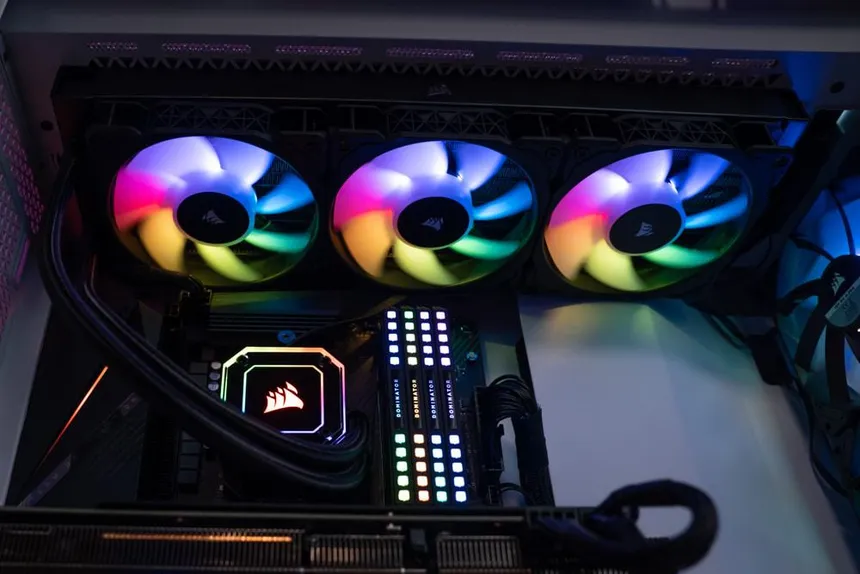Recent rumors and leaks have suggested that Intel’s upcoming Arrow Lake and Panther Lake CPUs may have a higher maximum thermal junction (TJ Max) temperature than some of the current top processors. TJ Max refers to the maximum temperature at which a processor can safely run before its built-in protection mechanisms begin to interfere. Currently, TJ Max for some of the top processors is around 100 degrees Celsius, but Intel is said to be increasing this limit to 105 degrees Celsius for its next-generation CPUs.
According to Jaykihn, a well-known leaker in the CPU space, Intel is increasing the TJ Max for its upcoming Arrow Lake and Panther Lake CPUs, but not for its Lunar Lake CPUs. This means that the new CPUs will be able to run at a higher temperature before their built-in protection mechanisms kick in, which could result in better performance and stability.
The increased TJ Max could be seen as both a positive and negative development. On the one hand, it means that the CPUs will be able to handle more demanding workloads without overheating, which could lead to improved performance and better gaming experiences. On the other hand, it also means that the CPUs could run hotter than before, which could lead to increased power consumption and reduced battery life for mobile devices.

Intel’s Next-Gen CPUs may Run Hotter than Expected
When a processor reaches its TJ Max, the CPU’s built-in protection mechanisms may kick in, which could result in reduced performance and power consumption. This is intended to prevent the CPU from overheating, but it could also lead to reduced performance and even system crashes.
In addition to the increased TJ Max, Jaykihn has also shared some information about the possible specs of Panther Lake-H, Panther Lake-U, and Panther Lake-P processors. Panther Lake-U, which is intended for use in ultrathin laptops, may have up to four P-cores and four low-power (LP) cores, as well as four Xe3 GPU cores. The high-performance PTL-H is said to sport up to four P-cores, eight E-cores, four LP-cores, and four Xe3 GPU cores. Meanwhile, PTL-P will bump up the GPU cores to 12 Xe3 cores.
It’s worth noting that Intel has been having a rough time with the ongoing Raptor Lake scandal, which has raised concerns about the quality and performance of its CPUs. The increased TJ Max could be seen as a positive development, as it could lead to better performance and stability for Intel’s next-generation CPUs. However, it’s also possible that the increased TJ Max could backfire for some users, particularly those who are concerned about power consumption and heat generation.
The increased TJ Max for Intel’s next-generation CPUs is a developing story, and more information is needed to determine the potential implications for users. However, if true, it could be a significant development that could impact the performance and stability of Intel’s next-generation CPUs.








































